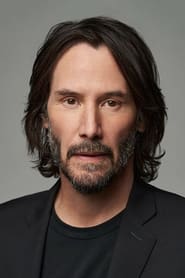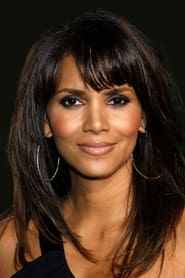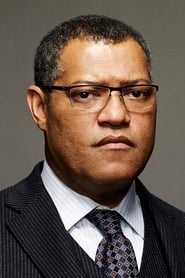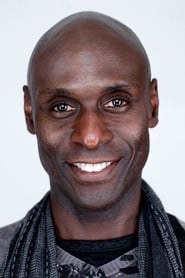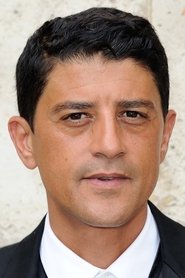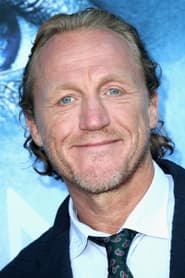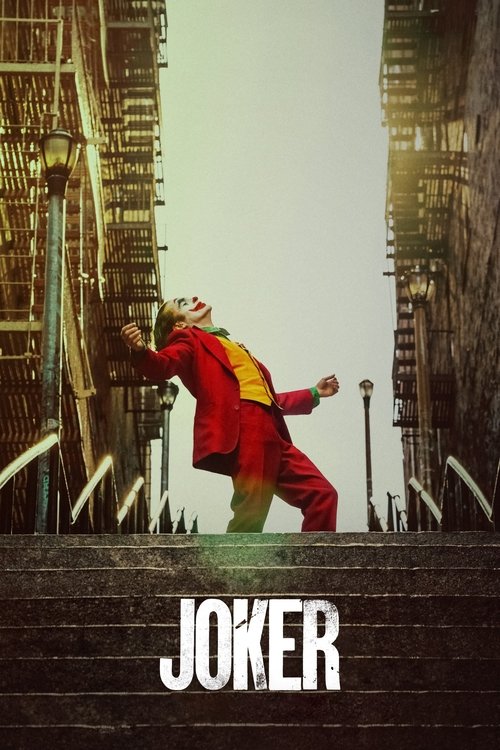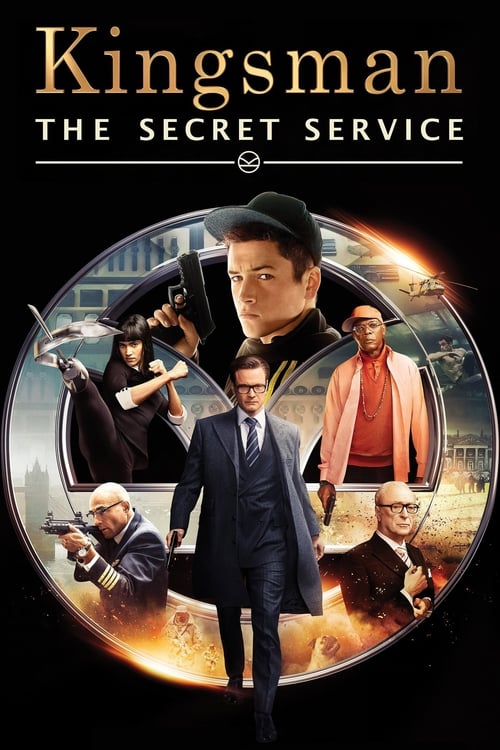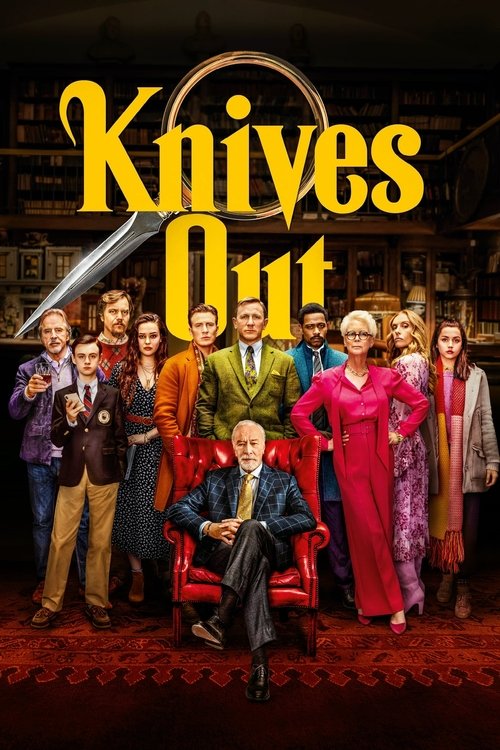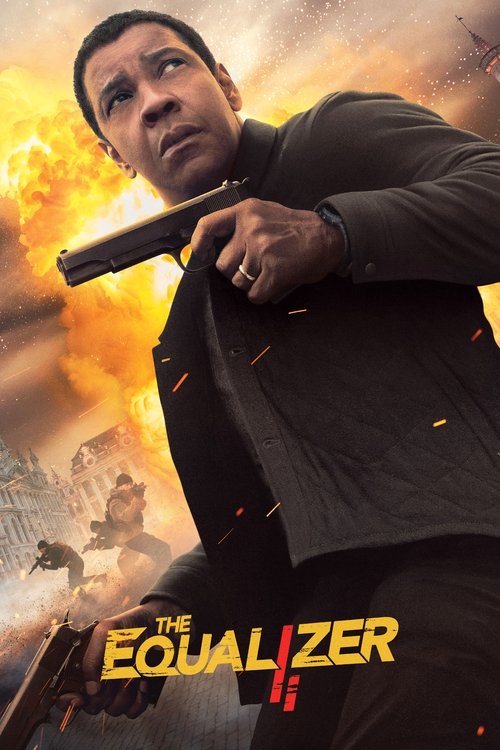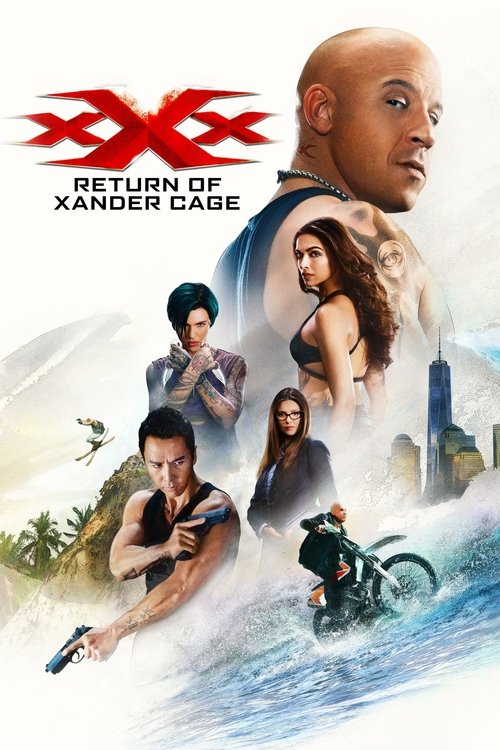
Ask Your Own Question
What is the plot?
The rain pours relentlessly over the neon-lit streets of Manhattan as John Wick bursts out of The Continental Hotel, his breath ragged, his body battered and bleeding. Mere minutes have passed since he defied the unbreakable rule of the assassin underworld by killing Santino D'Antonio on Continental grounds. Winston, the Continental's enigmatic manager, stands at the hotel entrance, his voice cold but measured: "You have one hour. After that, you are no longer protected." The words echo in John's mind as he sprints into the night, the weight of a $14 million bounty hanging over him, marking him excommunicado--cast out from the sanctuary and services of the assassin world.
John's first refuge is the New York Public Library, a grand, silent cathedral of knowledge where he seeks the marker medallion and a rosary hidden within the pages of a book. As he retrieves these tokens--symbols of old debts and favors--he is confronted by Ernest, a towering hitman whose sheer size and strength pose a grave threat. The fight is brutal and intimate amid the towering bookshelves, the clash of bodies punctuated by the thud of a heavy tome. John dislocates Ernest's jaw with a savage blow and snaps his neck in a grim finality, the library's quiet shattered by violence.
Injured and desperate, John seeks out an underworld doctor, a clandestine figure who begins to stitch his wounds in a dimly lit backroom. But the moment the doctor's assistant finishes, John's excommunicado status activates. The doctor's hands freeze, his allegiance severed by the High Table's decree, forcing John to finish the suturing himself with grim determination. No longer protected, John steps back into the shadows, hunted relentlessly by waves of assassins from every corner of the city. Each encounter is a deadly ballet of gunfire and martial prowess, John dispatching his pursuers with ruthless efficiency as he fights through the rain-slicked streets.
Knowing he cannot survive in New York, John reaches out to The Director, the head of the Ruska Roma crime syndicate and a figure from his shadowed past. Their meeting is tense but respectful. John presents the rosary, a token of his request for safe passage to Casablanca, and in exchange, The Director brands him with a scar, a mark of the debt owed and the price of survival. This ancient, unspoken code binds John to a perilous journey across continents.
Arriving in Casablanca, John seeks out Sofia, the formidable manager of the Moroccan Continental and a woman who owes him a deep debt. Their reunion is charged with unspoken history; John reminds her of the favor he once did by rescuing her daughter and placing her in hiding. Sofia's loyalty is reluctant but unwavering. She agrees to help John find The Elder, the mysterious figure who stands above even the High Table and alone holds the power to rescind John's excommunicado status.
Their path leads them to Berrada, Sofia's former ruthless boss, who reveals The Elder's location lies beyond the desert's endless sands. But tensions erupt when Berrada cruelly harms Sofia's dog, a silent, fierce companion. The act ignites a savage firefight, Sofia's expertly trained dogs tearing through Berrada's men as gunfire rains down. Sofia kills Berrada herself, avenging her dog with cold precision.
John then embarks on a grueling trek across the scorching Moroccan desert, the sun beating down as exhaustion threatens to claim him. Collapsing in the sand, he is found and brought before The Elder, a shadowy, ancient figure seated in a tent, whose presence commands reverence and fear. The Elder offers John a grim bargain: his excommunicado status will be lifted only if John pledges fealty and kills Winston, the steadfast manager of the New York Continental. To seal his loyalty, John severs his ring finger, the one bearing his wedding ring, and offers it to The Elder--a visceral symbol of sacrifice and submission.
Returning to New York, John's trials escalate. He is ambushed by Zero, a lethal assassin and martial arts master who admires John as the ultimate adversary. Zero's students relentlessly pursue John, their blades flashing and bullets flying through the city's streets. John fights with ferocity and skill, dispatching Zero's students one by one, even as they chase him on motorcycles across bridges and through alleyways. Zero reveals himself as a fan, stating, "It would be the ultimate honor to kill you, John Wick." Their rivalry is personal and deadly.
John reaches the sanctuary of The Continental, but the reprieve is brief. The Adjudicator, an austere and unyielding emissary of the High Table, arrives to enforce the Table's will. She confronts Winston on the rooftop, demanding compliance and the removal of John. Winston refuses to abdicate his position, standing firm in his loyalty to John. The Adjudicator's response is swift and merciless: she revokes The Continental's neutral status, declaring it a legitimate target. She unleashes Zero and an army of heavily armed High Table enforcers to eliminate John and Winston.
Inside The Continental, Winston arms John with weapons and the assistance of the loyal concierge Charon and the hotel's staff. The ensuing battle is a relentless siege; John fights through waves of High Table PMCs, his movements a blur of precision and violence. He kills every attacker with cold efficiency, but the fight is far from over. Zero and his remaining students ambush John, leading to a brutal showdown. John kills all but two of Zero's students before facing Zero himself in a final, grueling duel on the rooftop. The fight is visceral and exhausting, culminating with John stabbing Zero and leaving him to die, a silent testament to John's unyielding will.
The climax unfolds on the rooftop where Winston parley's with The Adjudicator. Winston offers fealty to the High Table in a tense negotiation, seeking to preserve The Continental's legacy. As the parley concludes, John arrives, battered but unbroken. In a shocking betrayal, Winston shoots John multiple times, sending him plummeting off the roof to the street below. The fall is brutal, and John lies motionless in the rain-soaked alley.
The Adjudicator, satisfied with the outcome, reconsecrates The Continental, restoring its neutral status. Yet, as she departs, she notices John's absence from the alley. She informs Winston, who realizes that John Wick is far from finished.
The film closes on John, alive and determined, rising from the shadows--a man who has survived death itself and will continue to fight against the relentless forces arrayed against him. His story is far from over.
What is the ending?
In the ending of "John Wick: Chapter 3 - Parabellum," John Wick confronts the High Table's forces and ultimately finds himself betrayed by those he once considered allies. After a fierce battle, he is captured and taken to the Elder, who offers him a chance at redemption. However, John chooses to fight back against the High Table, leading to a climactic showdown. The film concludes with John being severely injured but still alive, setting the stage for further conflict.
Now, let's delve into the ending in a detailed, chronological narrative.
As the film approaches its climax, John Wick, played by Keanu Reeves, is on the run in New York City, hunted by countless assassins after a $14 million bounty has been placed on his head. He seeks refuge with the Director, played by Anjelica Huston, who is the head of the ballet school and a figure from his past. She helps him by providing him with a way to escape, but only if he is willing to return to the life he left behind. John, however, is determined to fight against the High Table rather than go back to his old life.
After a brief moment of respite, John is forced to confront the reality of his situation. He is ambushed by a group of assassins led by Zero, portrayed by Mark Dacascos, who is a fan of John's legendary status. The ensuing battle is intense, showcasing John's unparalleled combat skills as he fights through waves of attackers in a series of visually stunning sequences. The choreography is brutal and precise, emphasizing John's desperation and determination to survive.
In a pivotal moment, John seeks out the Elder, the leader of the High Table, played by Saïd Taghmaoui, in the desert. Here, John is offered a chance to redeem himself by killing Winston, the manager of the Continental Hotel, who has given John a one-hour grace period to escape. The Elder's proposition is a test of loyalty and survival, and John, despite his deep respect for Winston, ultimately chooses to reject the Elder's offer. This decision solidifies his stance against the High Table, marking a point of no return.
Returning to New York, John confronts Winston, played by Ian McShane, at the Continental. The hotel, a sanctuary for assassins, is under siege by the High Table's enforcers. Winston, who has been forced to make a difficult choice, shoots John, seemingly betraying him to maintain the hotel's neutrality. John falls from the roof of the Continental, but he survives, albeit gravely injured.
In the final scenes, John is taken in by the Bowery King, portrayed by Laurence Fishburne, who has his own grievances against the High Table. The Bowery King offers John a chance to regroup and prepare for the inevitable war against the High Table. The film ends with John, battered and bloodied, but resolute in his determination to fight back. The final shot captures his fierce resolve, setting the stage for the next chapter in his saga.
As the credits roll, the fates of the main characters are left hanging in the balance. John Wick is now a marked man, fully committed to his fight against the High Table. Winston, while appearing to betray John, may have his own motives, as he remains in a precarious position with the High Table. The Bowery King, having survived the onslaught, stands ready to ally with John, hinting at a larger conflict to come. The ending encapsulates the themes of loyalty, betrayal, and the relentless cycle of violence that defines John Wick's world.
Is there a post-credit scene?
In "John Wick: Chapter 3 - Parabellum," there is no post-credit scene. The film concludes with a climactic and intense finale, leaving viewers with a sense of anticipation for the next installment in the series. The story wraps up with John Wick, portrayed by Keanu Reeves, facing the consequences of his actions and the relentless pursuit of those who seek to claim his life. The absence of a post-credit scene maintains the film's focus on the immediate stakes and emotional weight of John's journey, rather than teasing future developments.
What motivates John Wick to fight against the High Table in Chapter 3?
In 'John Wick: Chapter 3 - Parabellum', John Wick is driven by desperation and survival after being declared 'excommunicado' for killing Santino D'Antonio on Continental grounds. With a $14 million bounty on his head, he must fight against numerous assassins while seeking allies to help him escape the relentless pursuit of the High Table.
How does John Wick escape from New York City after being excommunicated?
After being excommunicated, John Wick seeks refuge with the Director, who helps him by providing a way to escape New York. He undergoes a painful process of re-establishing his identity and receives a marker from the Director, which he uses to gain passage out of the city.
What role does Sofia play in John Wick's journey in Chapter 3?
Sofia, played by Halle Berry, is a former assassin and a close ally of John Wick. She helps him in his quest to find the Elder, the only person who can grant him a chance at redemption. Their relationship is complex, marked by mutual respect and a shared history, as she also has a daughter to protect.
What is the significance of the Elder in John Wick's quest?
The Elder, portrayed by Saïd Taghmaoui, represents a figure of ultimate authority within the assassin world. John seeks him out to negotiate a way to lift the bounty on his head. The Elder's decision to grant John a chance to redeem himself by returning to the High Table highlights the themes of loyalty and the consequences of one's past actions.
How does the film depict the relationship between John Wick and the Bowery King?
The Bowery King, played by Laurence Fishburne, has a complicated relationship with John Wick. Initially, he offers John assistance and resources, but their alliance is tested when the High Table seeks to eliminate both of them. The Bowery King's support is crucial for John, as it provides him with a network of information and help in his fight against the High Table.
Is this family friendly?
"John Wick: Chapter 3 - Parabellum" is not considered family-friendly due to its intense and graphic content. Here are some potentially objectionable or upsetting aspects that may affect children or sensitive viewers:
-
Graphic Violence: The film features numerous scenes of intense hand-to-hand combat, gunfights, and brutal killings, often depicted in a stylized manner that emphasizes the violence.
-
Blood and Gore: There are multiple instances of bloodshed, including injuries and fatalities that are shown in detail, which may be disturbing to some viewers.
-
Death and Loss: Themes of loss and revenge are central to the narrative, with characters facing significant emotional turmoil over the deaths of loved ones.
-
Strong Language: The dialogue includes frequent use of strong profanity, which may not be suitable for younger audiences.
-
Mature Themes: The film explores themes of betrayal, loyalty, and the consequences of a violent lifestyle, which may be complex and unsettling for younger viewers.
-
Animal Violence: There are scenes involving animals that may be distressing, particularly for those sensitive to animal harm.
Overall, the film's mature content and themes make it more appropriate for adult audiences.



